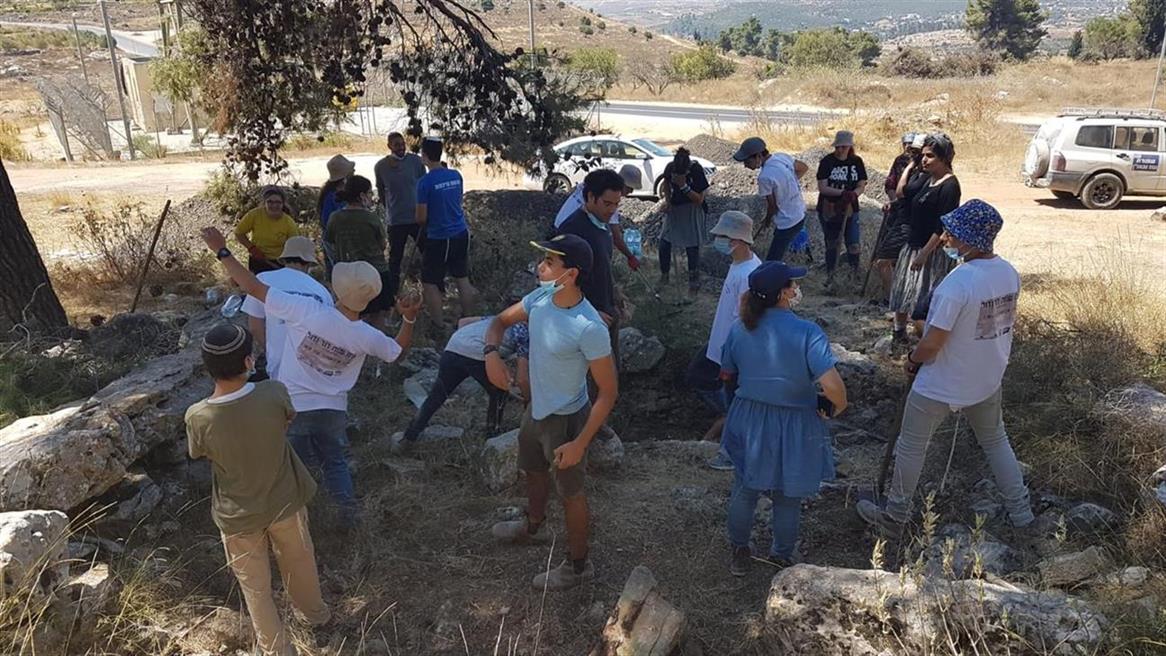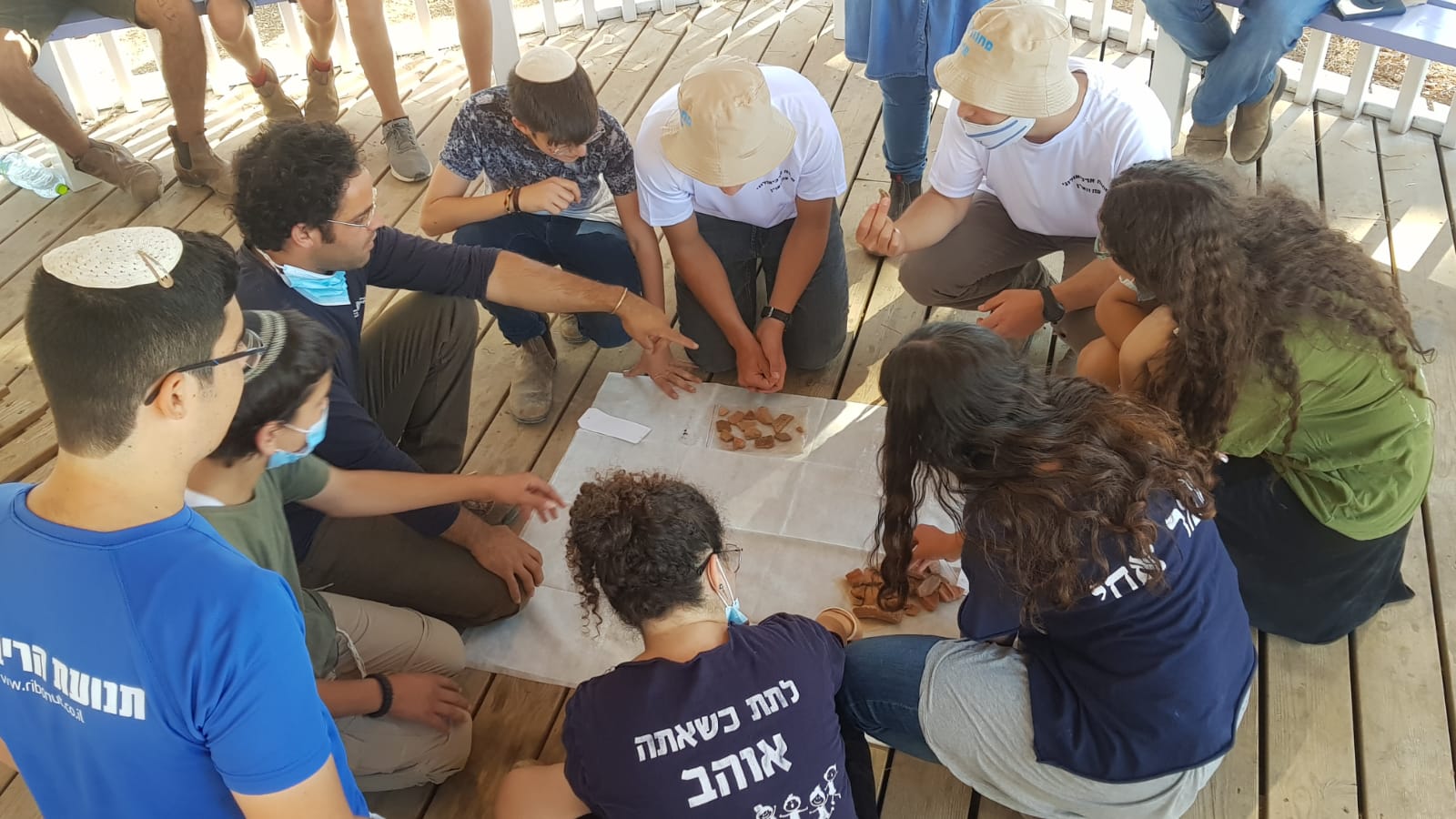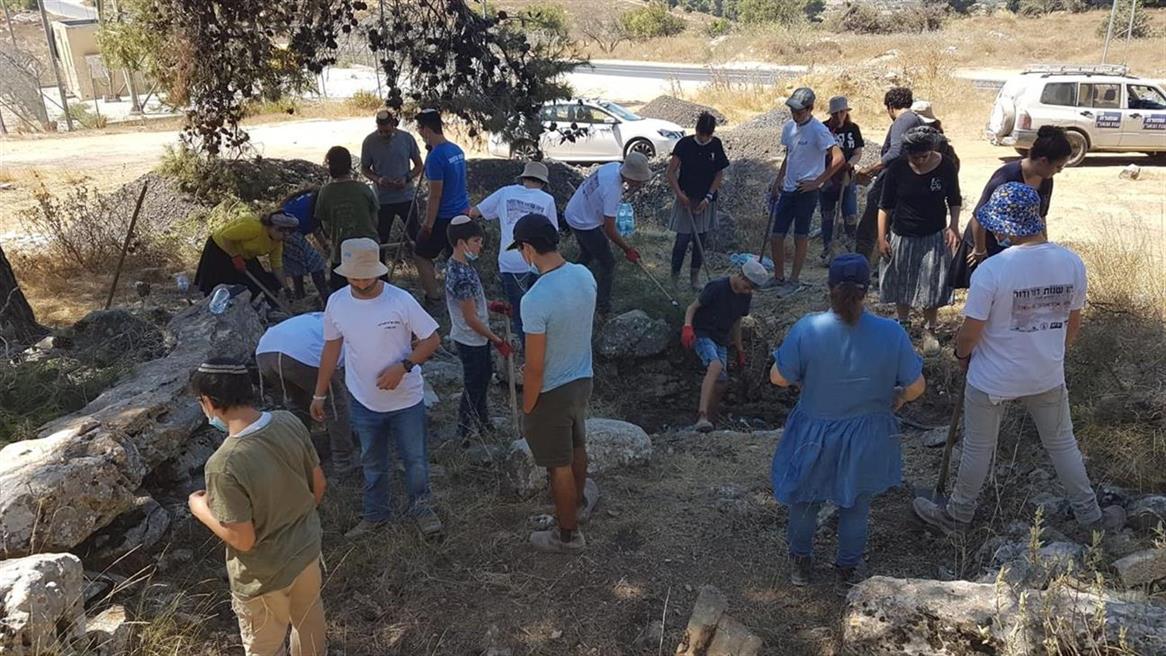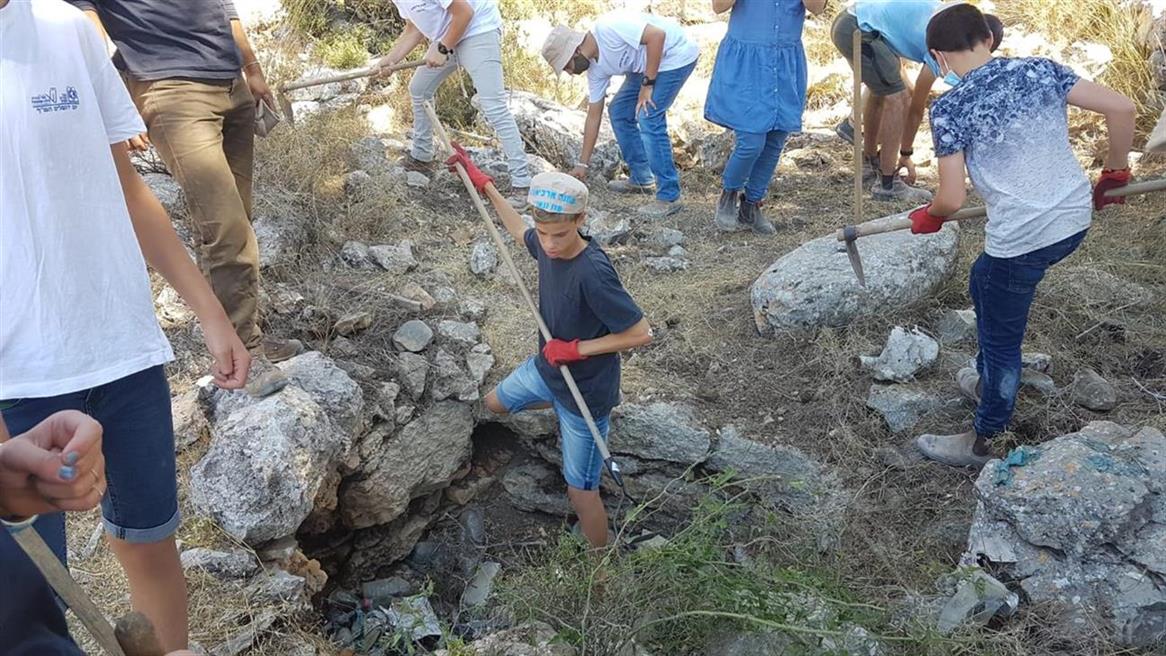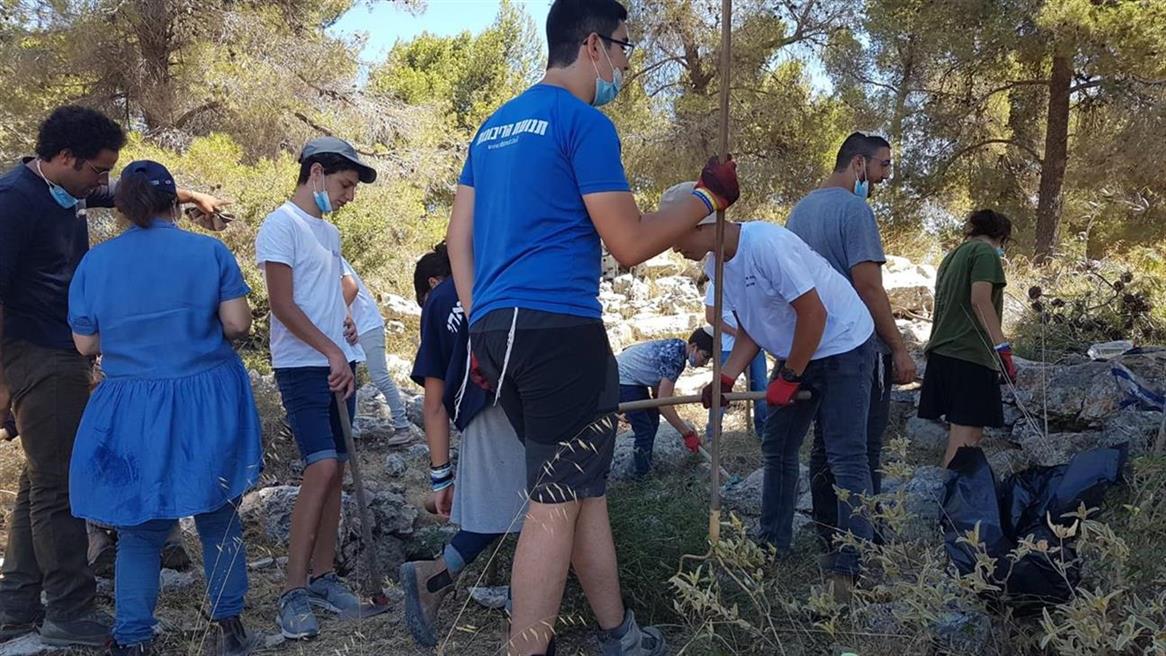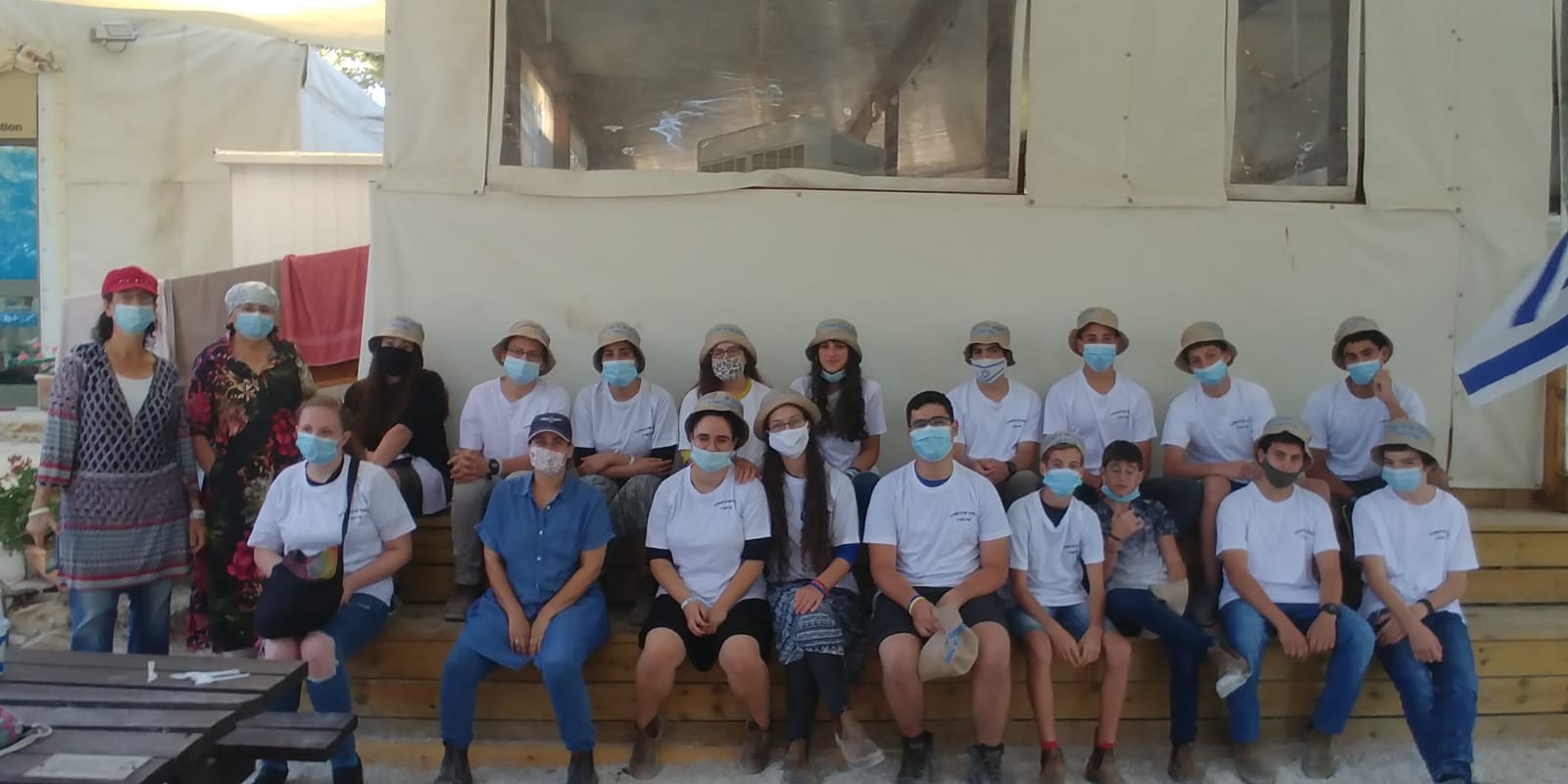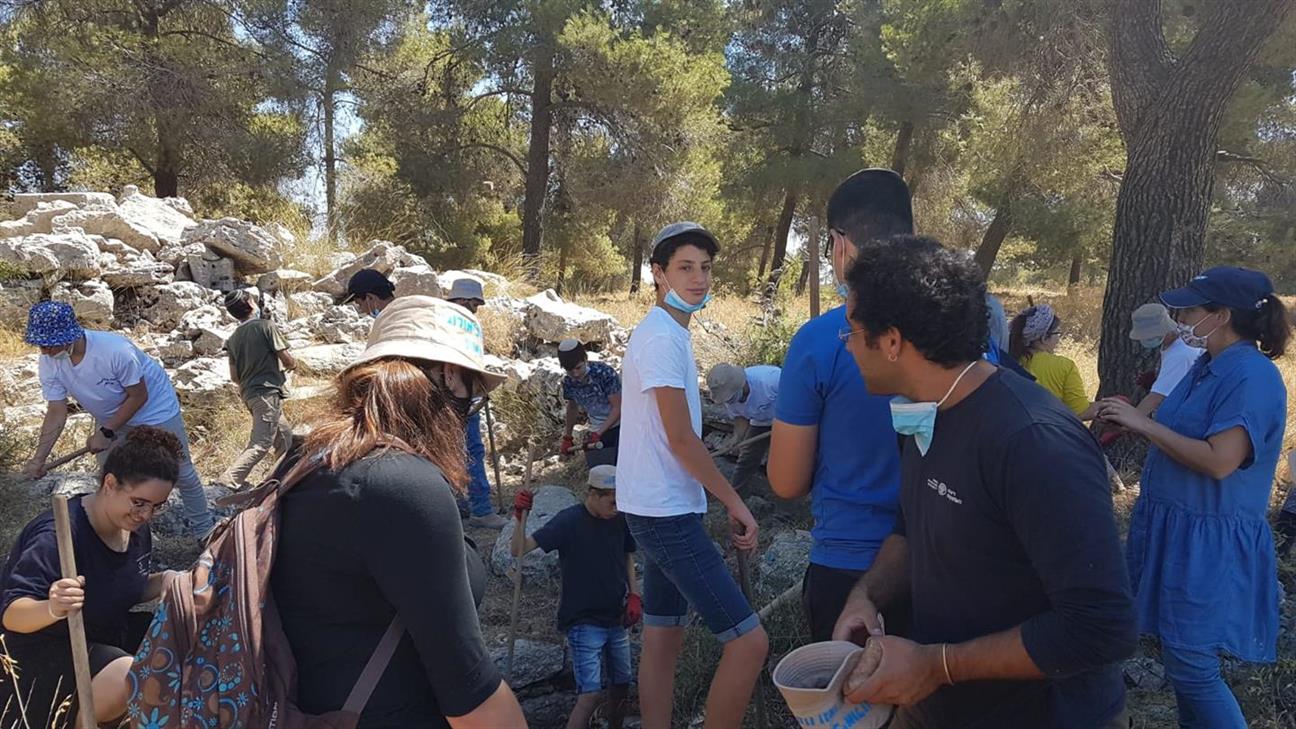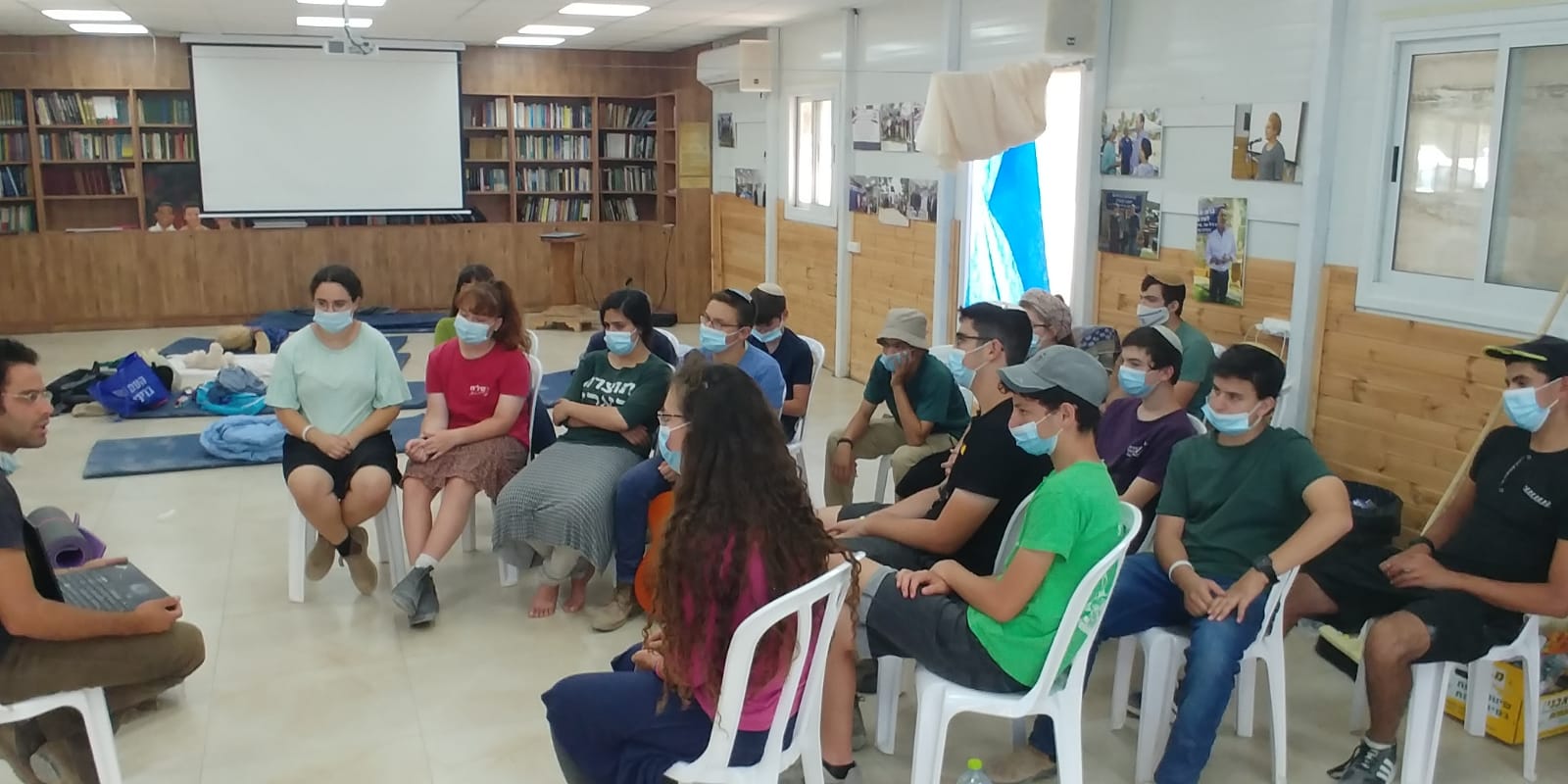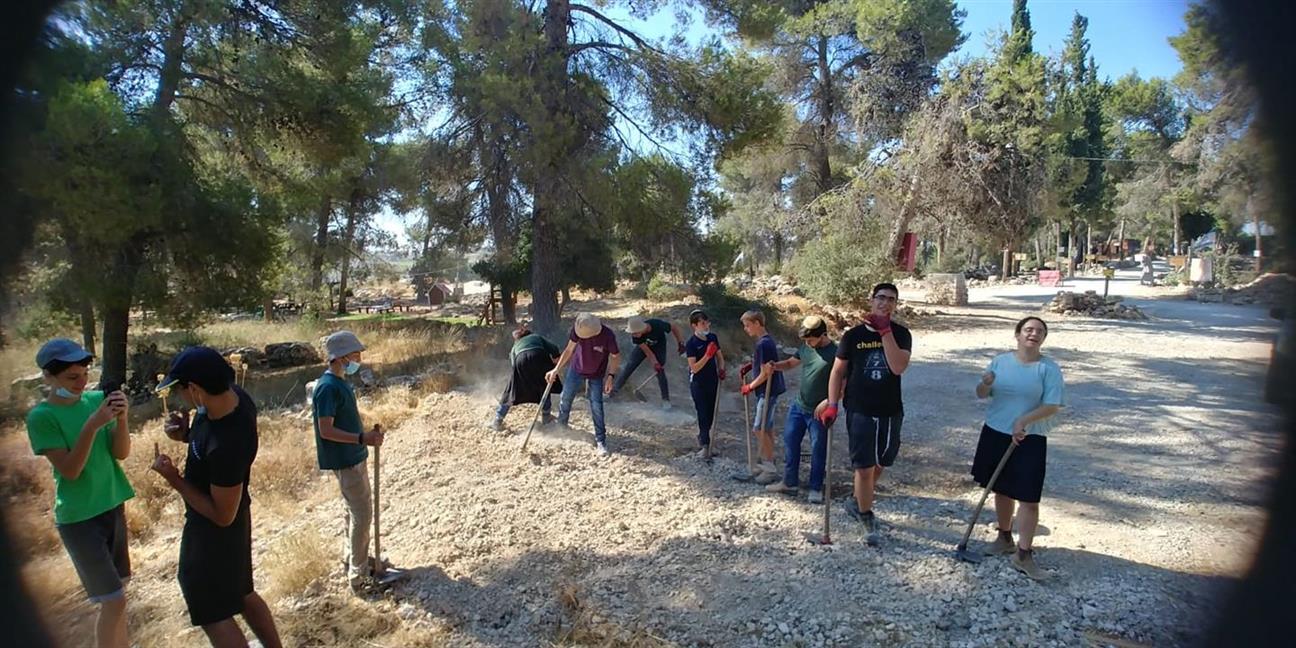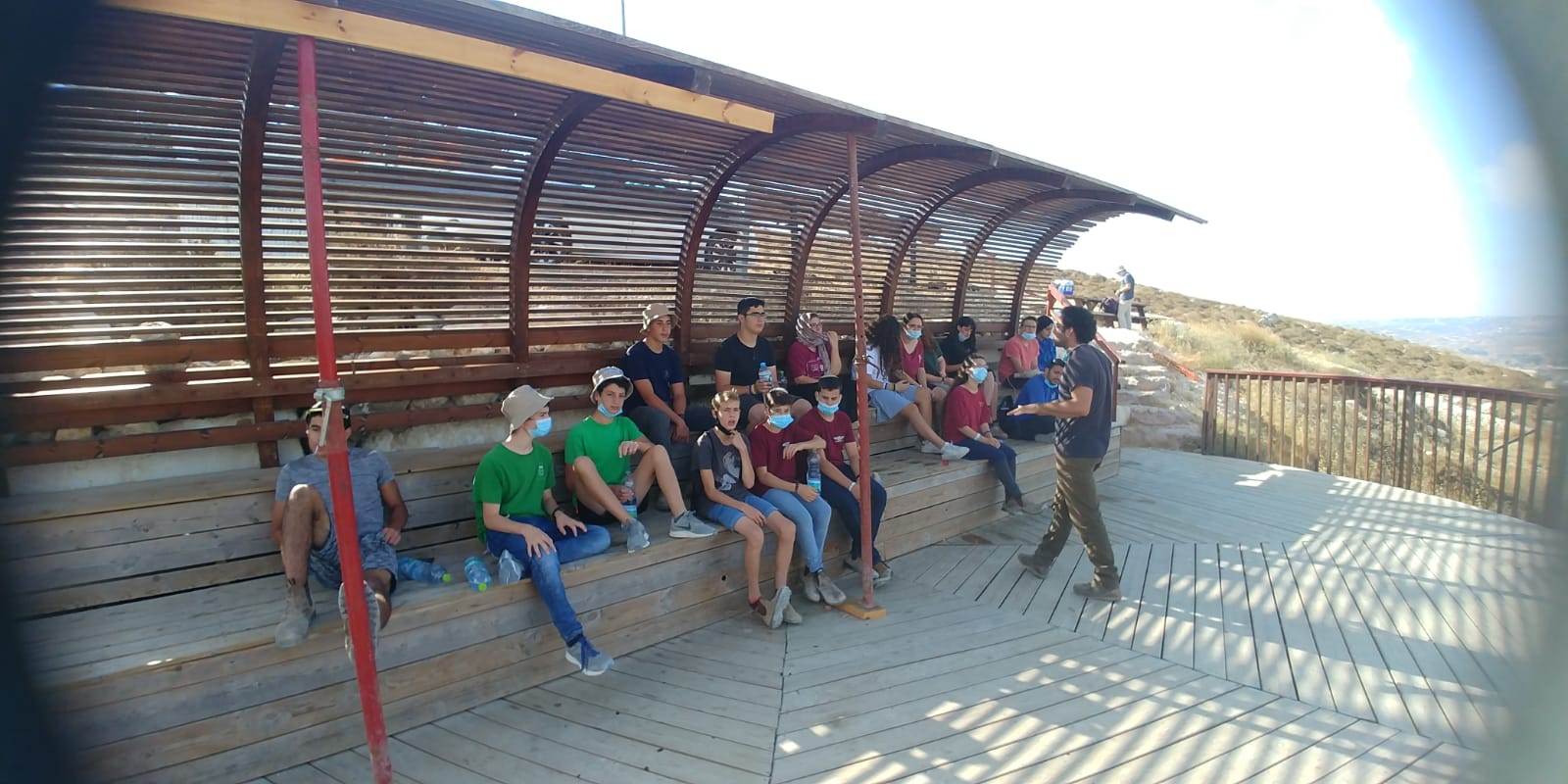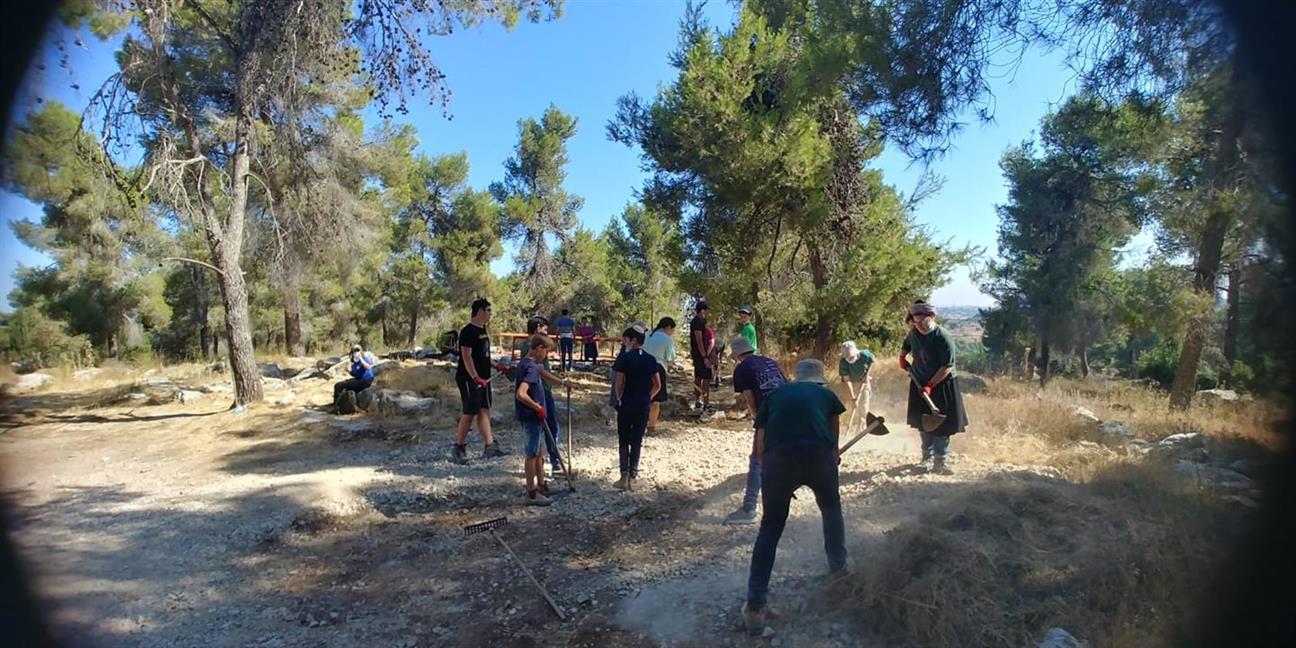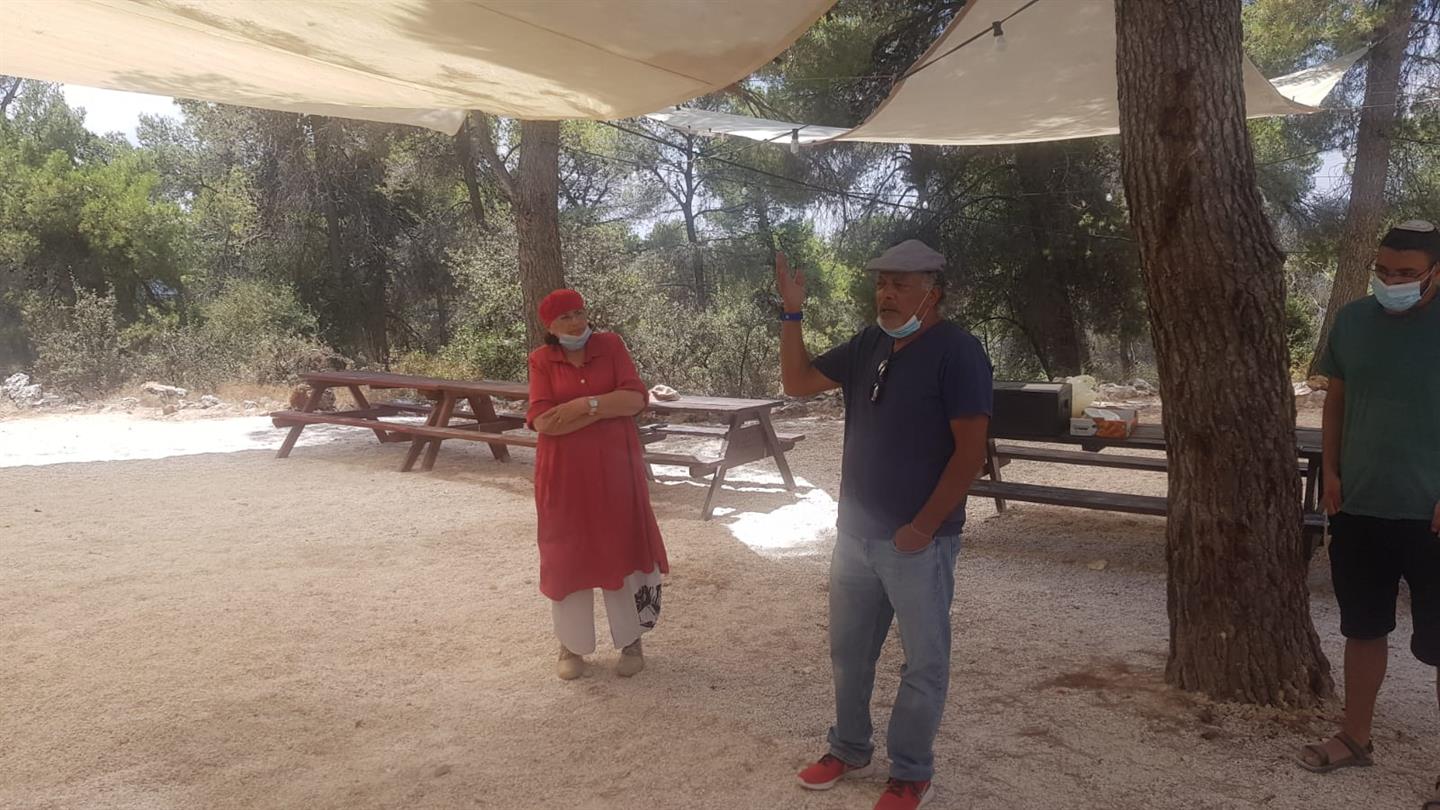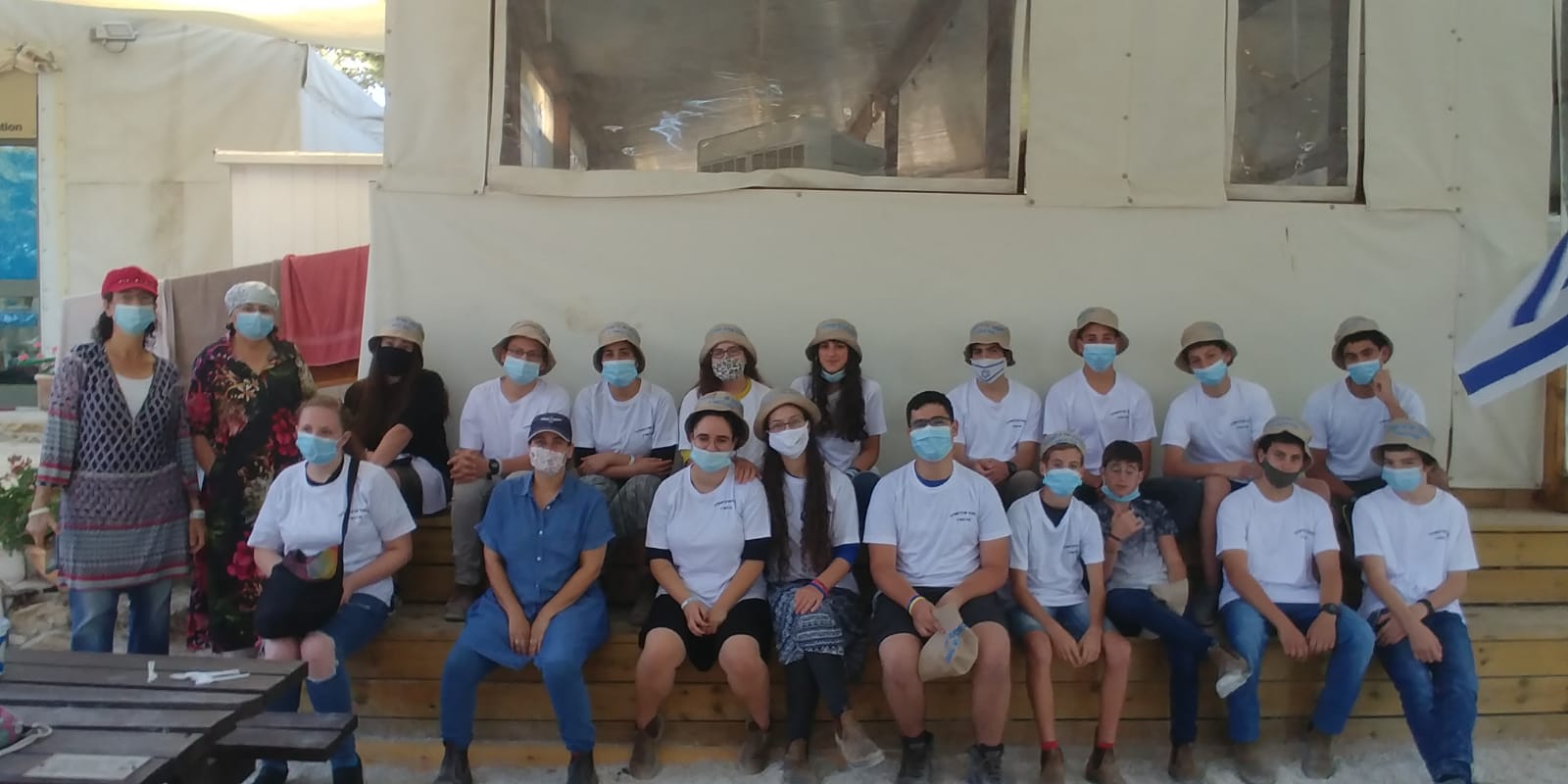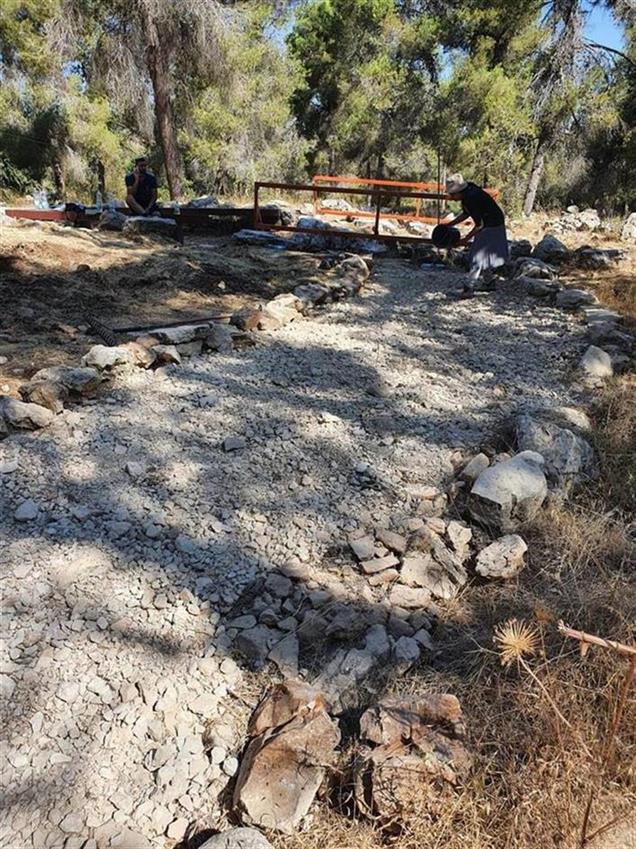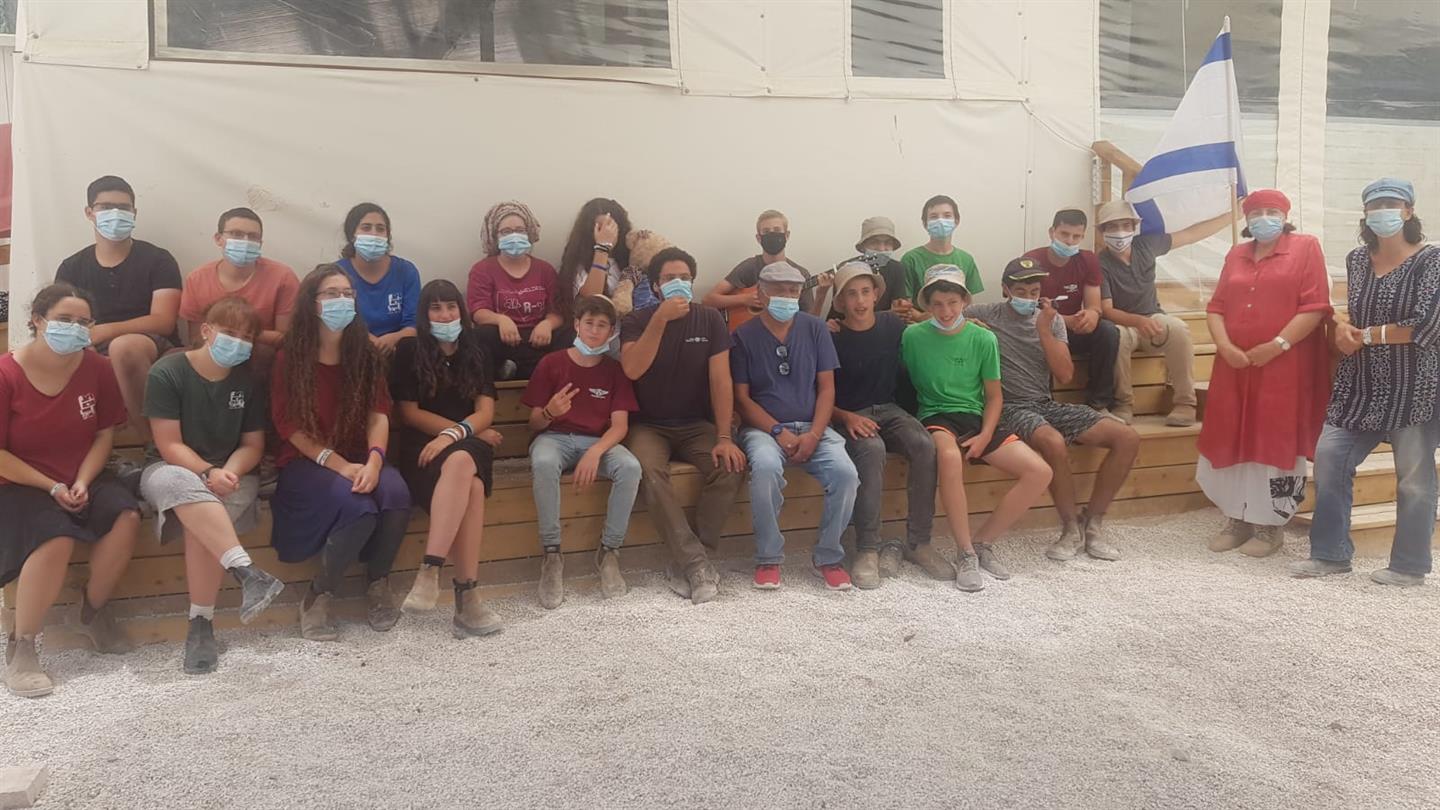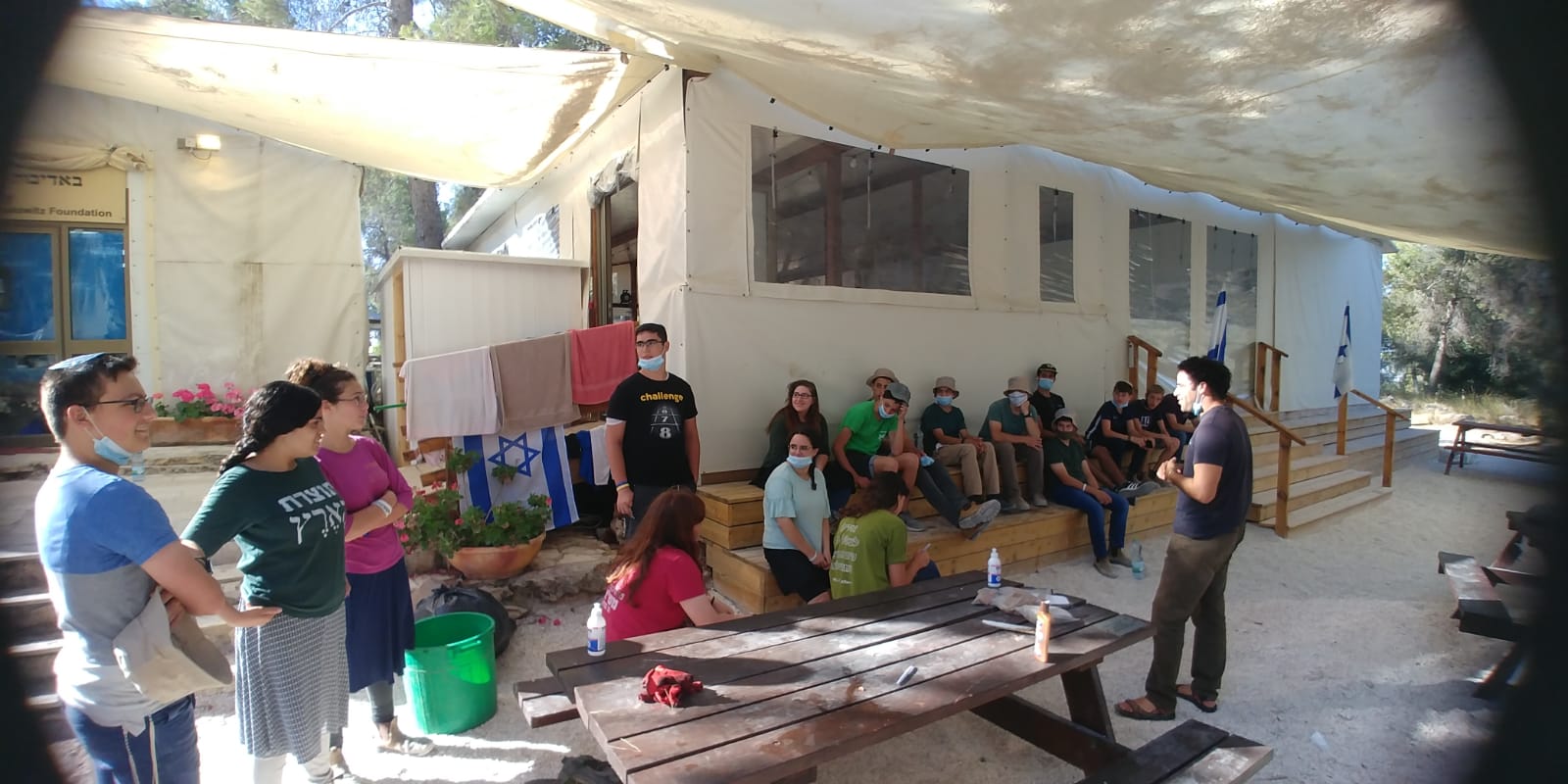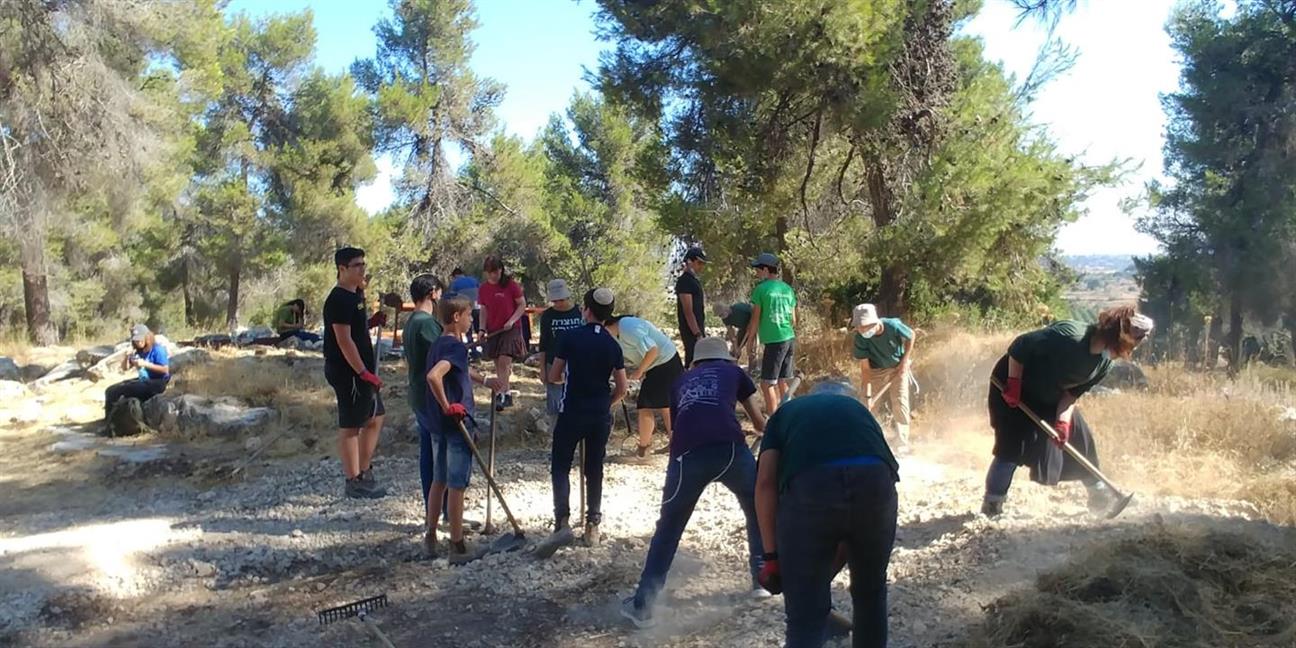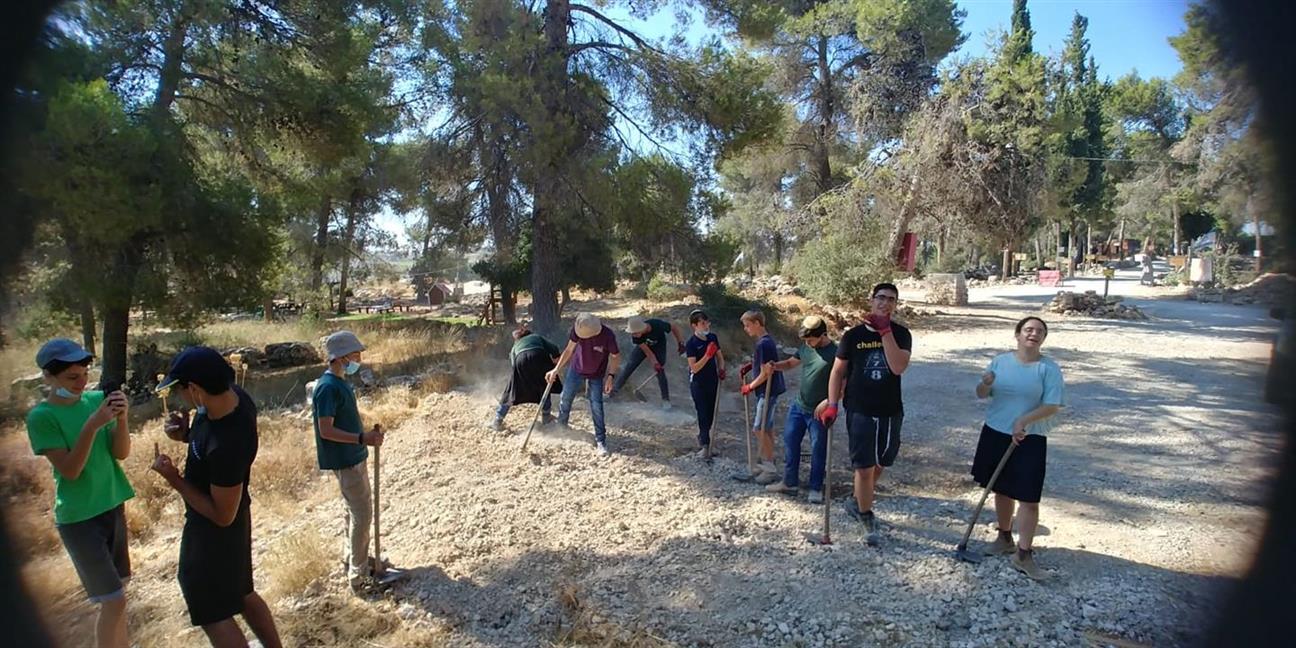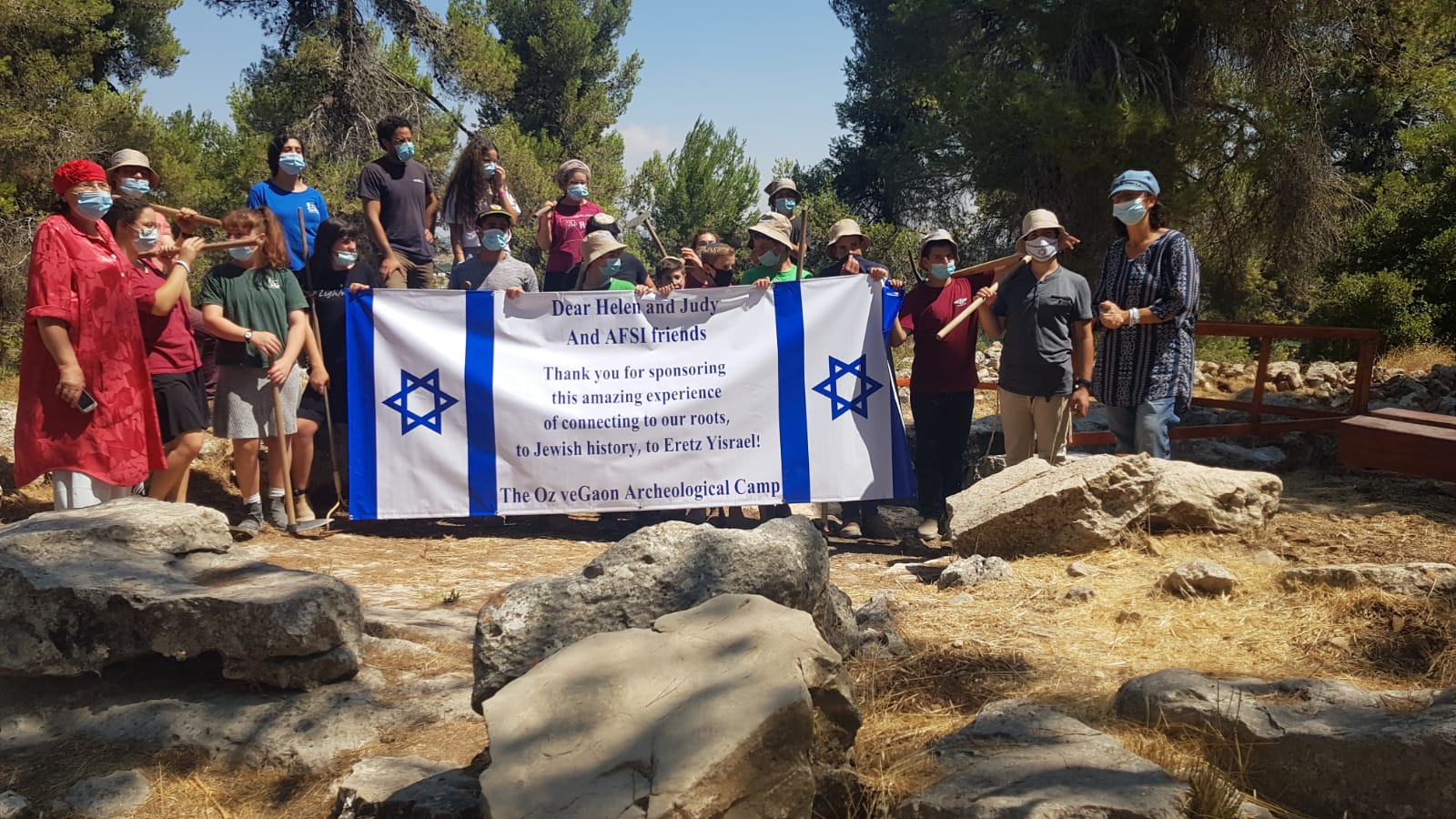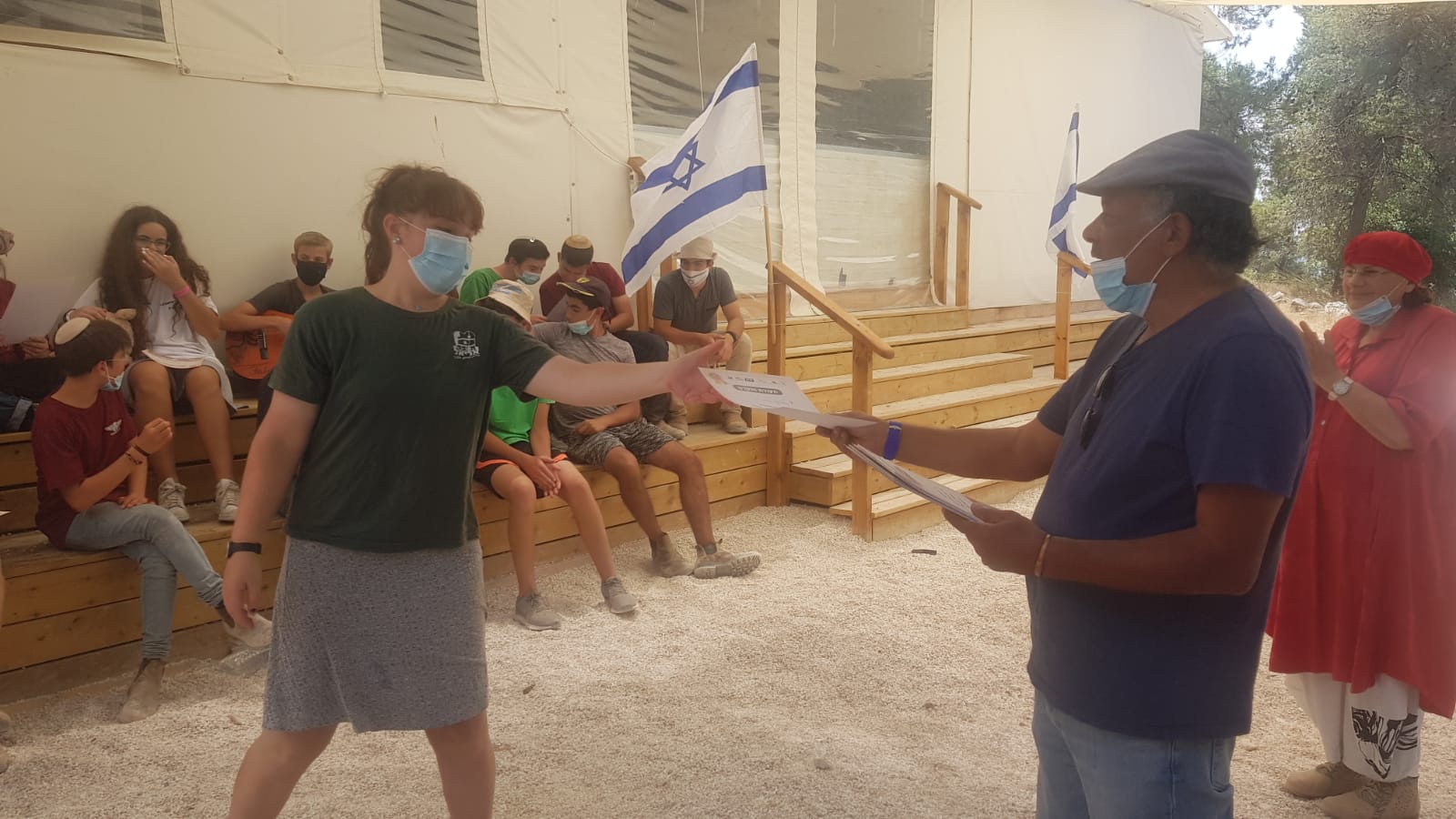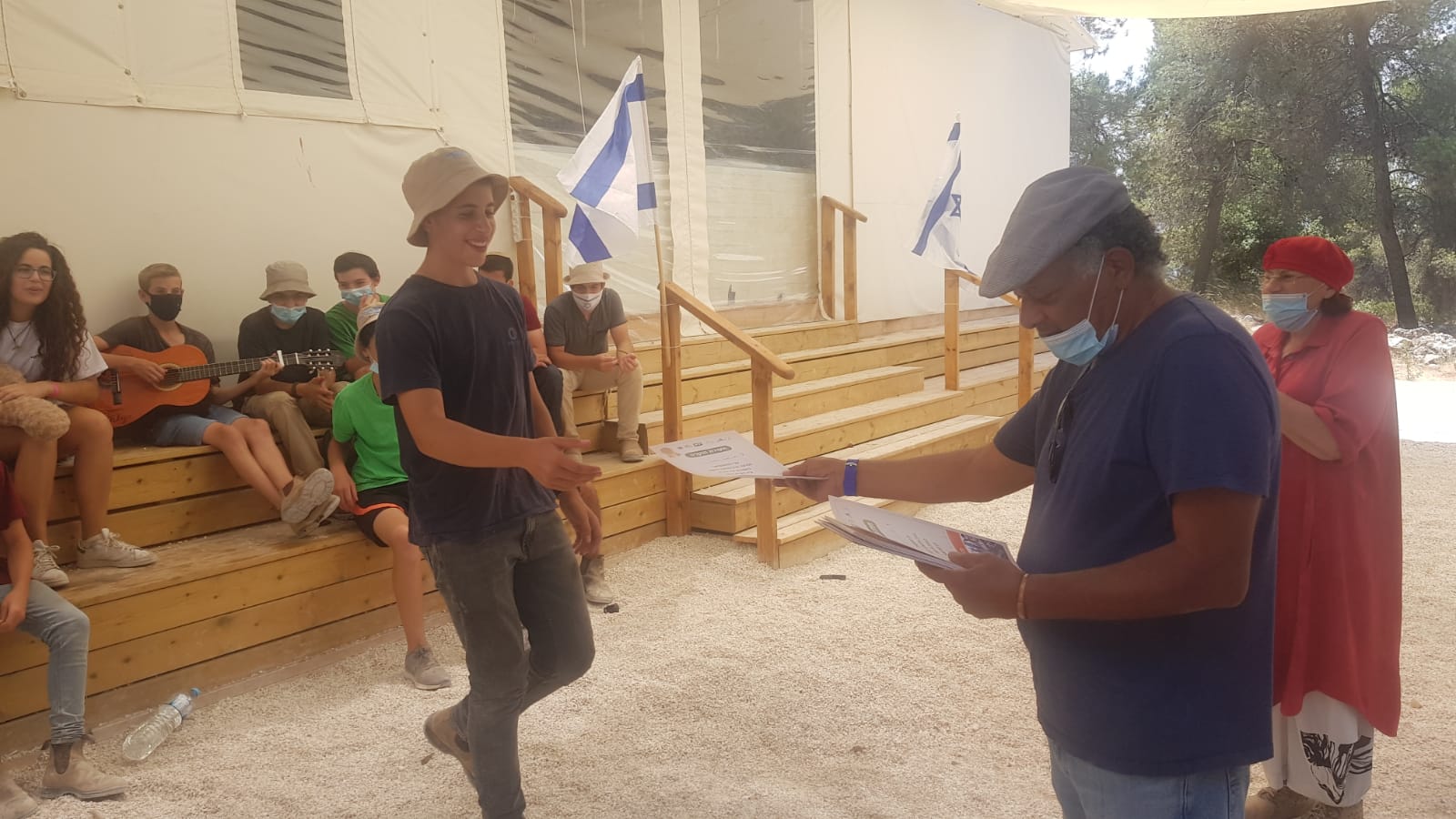At the 4 day archaeological camp, attended by youths from all parts of the Land, historical findings were exposed at the Oz veGaon preserve in the heart of Gush Etzion.
There was an archaeological camp for youths at the Oz veGaon preserve, attended by youths from all parts of the Land, where they discovered archaeological findings, among which was a residential building from the Roman Era.
The archaeological camp is a joint initiative of the Archaeological Command (from the Civil Administration), AFSI (Americans for a Safe Israel) and Women in Green, who have been operating in the preserve since the day they founded it, 6 years ago.
The youths who participated in the archaeological camp observed the Corona restrictions and worked in accordance with the directives of the Ministry of Health. Archaeologist Meir Eitan, a member of the Archaeology Command, was present during the camp’s activities, and head archaeological officer Hananiah Hizmi joined in discussions with the participants. In the concluding discussion with them, Hizmi emphasized the great importance with which he views the involvement of the youths in exposing the history of the Land of Israel and familiarity with the work of the archaeologist in the field, where the findings are brought to the attention of the general public, researchers and those interested in history, both students and graduates.
The excavations carried out by the youths under the supervision and guidance of Eitan and Hizmi, were spread out over the entire area of the preserve and beyond, and in the process, historical findings were uncovered, including fragments of pottery and even a structure which, until now, was seemed simply like a stone wall, but after the work at the site it was discovered, as mentioned, to probably be a residential structure from the Roman Era. There was also an ancient winepress that had been located some time ago, and an ancient water cistern that had also been uncovered in the past in the area of the preserve.
According to experts’ estimates, the place served as a sort of industrial area for the nearby village during that period for the industry of producing olive oil and wine from the area’s trees and vines.
The co-chairwomen of Women in Green, Yehudit Katsover and Nadia Matar, expressed their gratitude for the youths volunteerism: “for the task of exposing more of the Jewish People’s roots in its Land”, to AFSI, “which contributed to the establishment of the camp in order to strengthen the connection between the People and its Land”, and to the Archeological Command, “which views the youth’s involvement in such missions as a Zionist educational value of the utmost importance”.
The two women note that in the concluding discussion, the youths told of “the fascinating integration of enjoyment and hard work. This is how the connection to the Land of Israel works: the more you invest and work for it, the more the two things are connected, working with the hands turns out to be working with the heart, which connects to the homeland. This is what creates the rare connection between hard and strenuous work and the enjoyment and satisfaction that the youths felt during the days of the camp”.
